Black Country
In frustration at irregular verbs, I once asked my French teacher if there was any language in which the verb to be was regular. “Yes,” he replied, “Pleck.” Pleck is a working class neighborhood in Walsall. “I’m, you’m, he’m, we’m you’m, they’m.” I got to hear to old familiar conjugation again yesterday, when we visited the Black Country Living Museum.

The museum is a collection of buildings from all over the Black Country, reassembled brick by brick, to preserve the unique culture and history of the birthplace of the industrial revolution. The Black Country is the area to the West of Birmingham where a thirty foot seam of coal came close to the surface, which along with nearby iron ore and limestone made it a center for steel making and associated trades. The name came either from the coal or more likely the air pollution that turned everything black.
Thomas Newcomen was from Devon and James Watt was from Scotland, but they came from opposite ends of the British Isles to the West Midlands to build their steam engines, because that is where the skilled workers were in those days. The museum has a working replica of the original 1712 Newcomen steam engine, built less than a mile away.
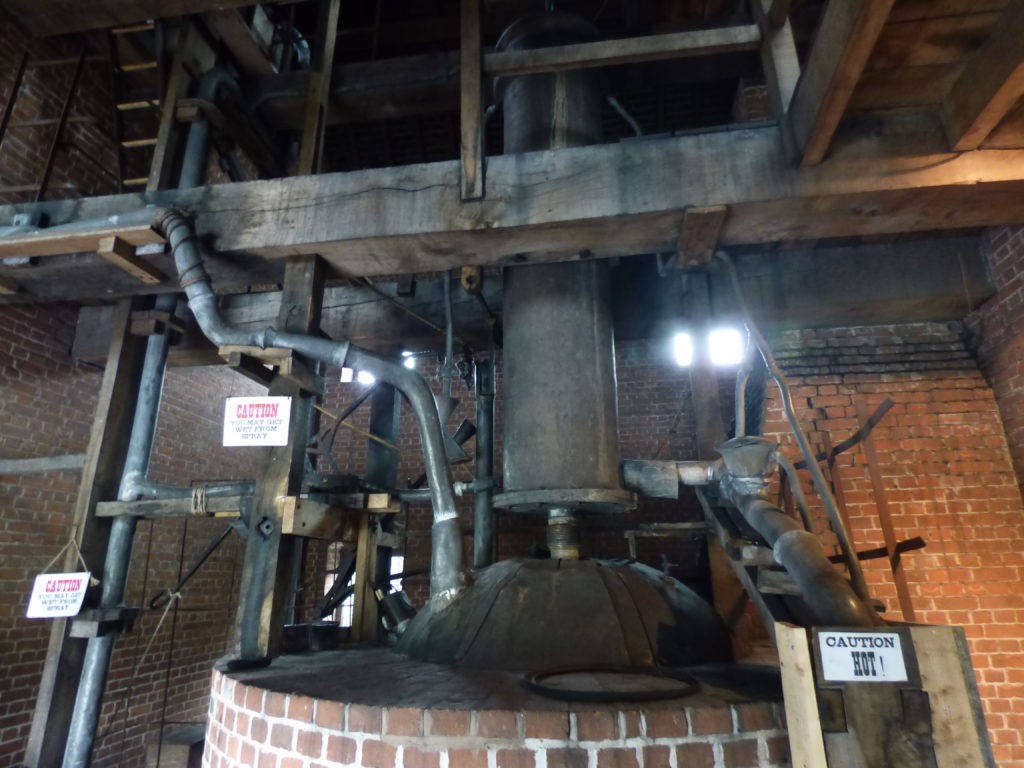
For those wishing to brush up their steampunk credentials should know that the Newcomen engine worked using the vacuum generated by the condensation of steam, so was limited to atmospheric pressure (about 32 psi) on the piston head, while Watt engines used the expansion of boiling water into steam which would generate much higher pressures. Later steam engines ran at over 200 psi and some high pressure ones got up to 1,500 psi. Of course the early Watt engines might be as little as 5 psi, but were simpler and more efficient than the Newcomen engines as you did not have to keep cooling the piston cylinder to condense the steam. Watt’s greatest invention (as far as he was concerned) was the bar linkage that converted the linear motion of a piston into a circular motion without putting sideways force on the piston. It’s actually a much harder problem than making steam push something in a straight line.
The Black Country Living Museum is more than just the buildings and machines, though. You can wander into the shops, factories, and houses and talk to the staff there who playing the roles of the people who lived and worked there. There are two main shopping streets, one set in the Victorian period (above) and one in the late 1930s, just after the start of WWII.

There’s an interesting story behind the hall at the end of the street. It’s the Workers’ Institute of Cradley Heath. It was built by a trade union organizer called Mary Macarthur. She came from a rich Scottish family. The story goes that she was passing through the Black Country on a train, and saw low buildings with glowing furnaces inside and figures moving about, and was reminded of medieval torture chambers. She asked the guard on the train what was going on, and was told it was the chain making. The smaller chains were mostly made by women who were paid five shillings (about a dollar in those days) a week. That was a fraction of what male workers were paid. “Convey to them,” she told the guard, “That I will return to assist them within two weeks.”
She was as good as her word. In 1910 she helped to organize a strike of the women chain makers of Cradley Heath. This might have been broken by lack of funds, but Macarthur was an excellent fundraiser, raising enough money to provided the strikers with pay for the ten weeks they were on strike, but also to build the Workers’ Institute afterwards. When she sent a party of female chain makers down to London to collect money, the police saw the chains they were carrying, assumed they were suffragettes planning to chain themselves to buildings, and arrested them. Mary got on the next train to London and gave the Chief Constable such an earful that the women were released and given a big breakfast, the contents of the police poor box, and a license to ask for funds on the streets of London. The employers eventually capitulated, and pay for women chain makers was doubled, along with better conditions for them and their families.
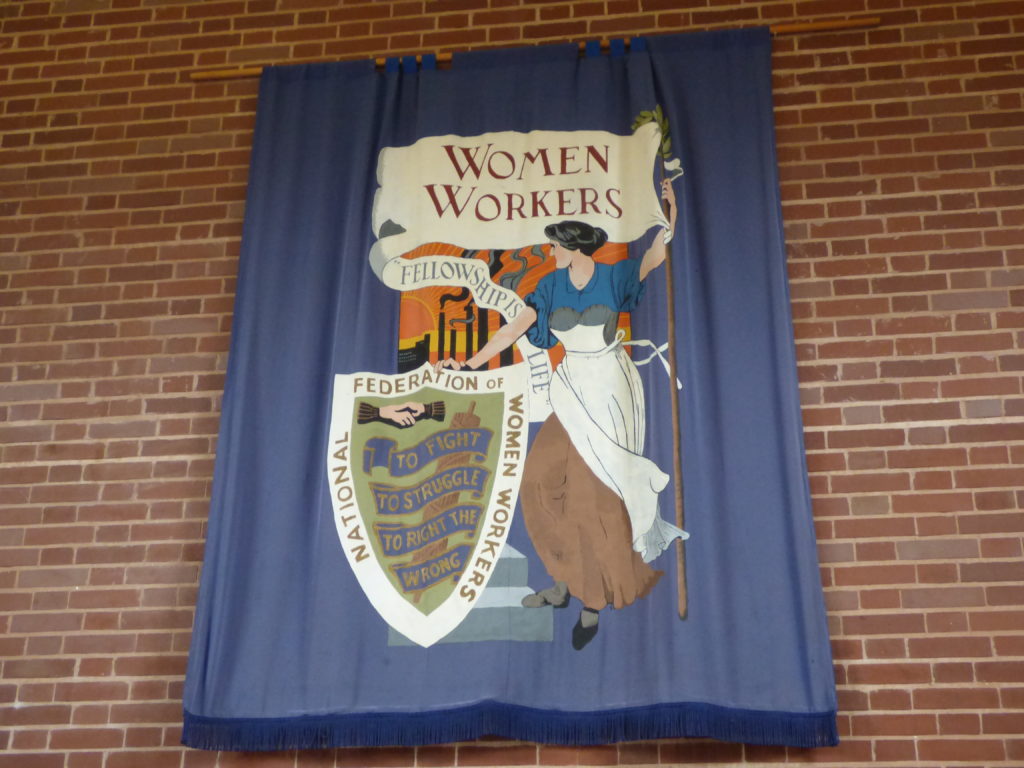
Chain making is hard work. You are working with an open forge, hammering red hot iron links onto a chain.

We didn’t understand this shop on the Victorian street. Cadbury’s Chocolate Veal?
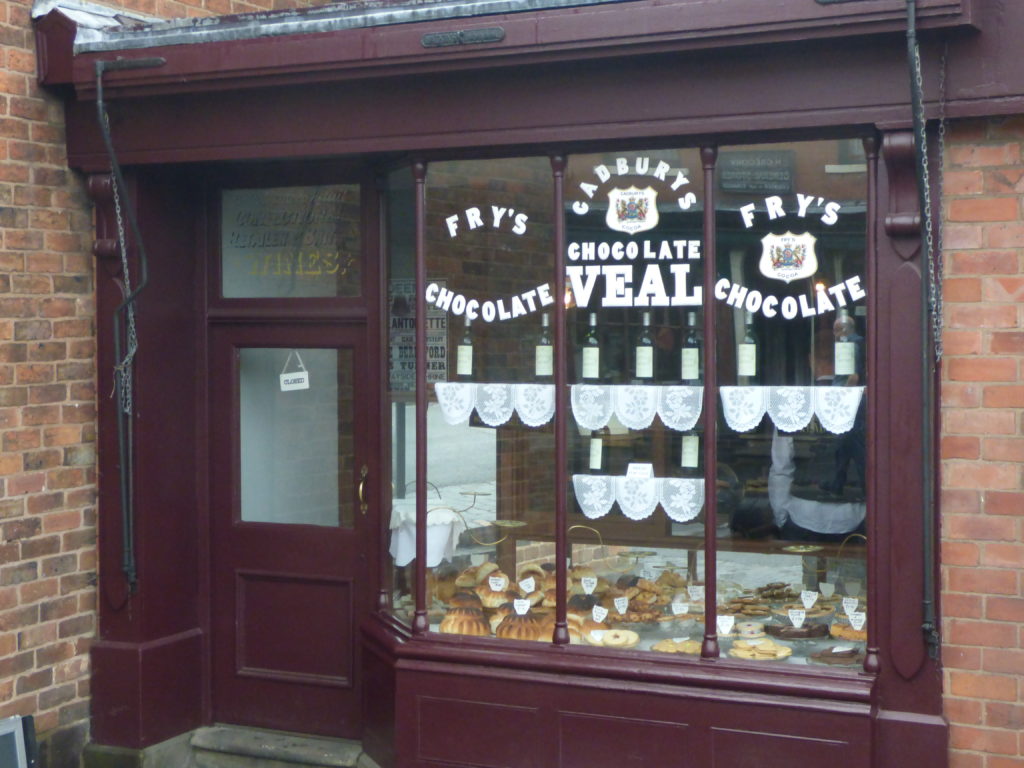
Was this an earlier version of Fruit and Nut, but with meat instead of almonds and raisons, sold alongside the Toffee Pilchards and Candied Pig Arseholes? It turns out that Veal was the name of the store owner. What a disappointment.
Other fun stuff at the museum: The Conway garage…
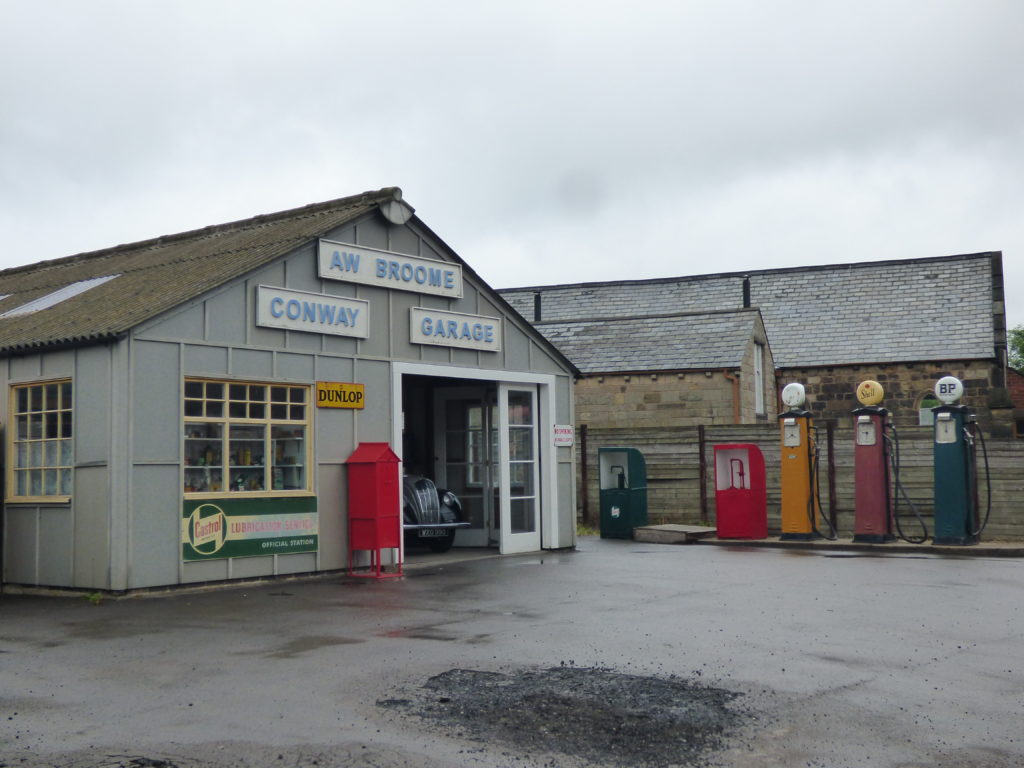
… the fun fair…
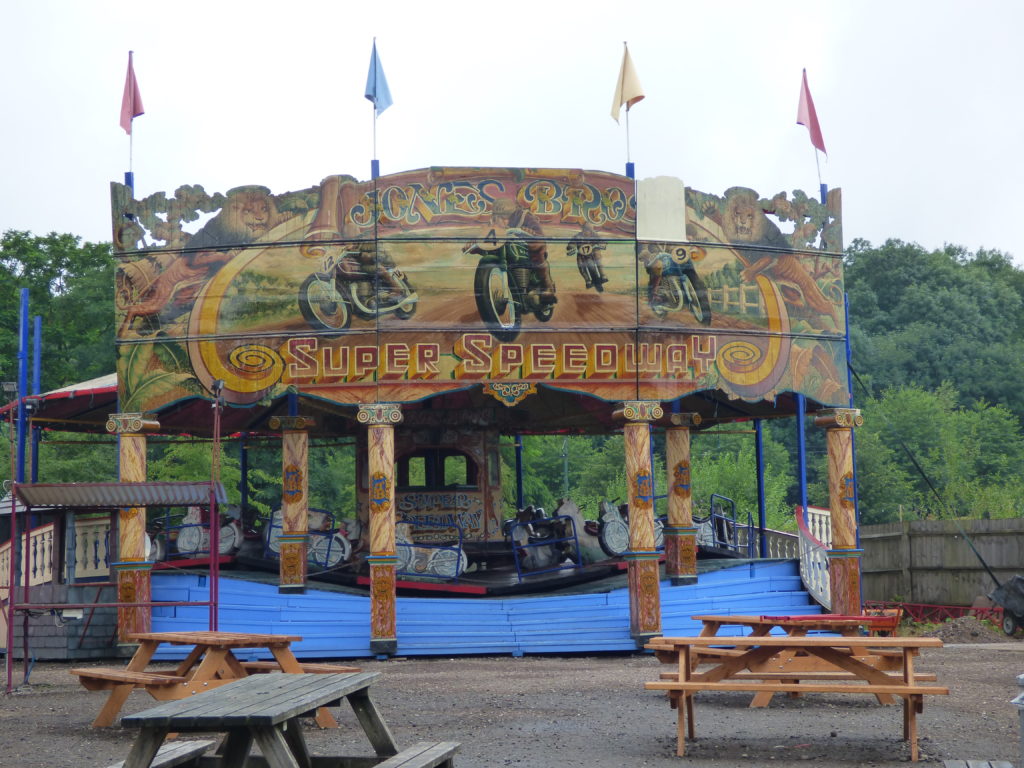
… the funny beehive thing in the corners of the old toll house to stop the carters pissing there…
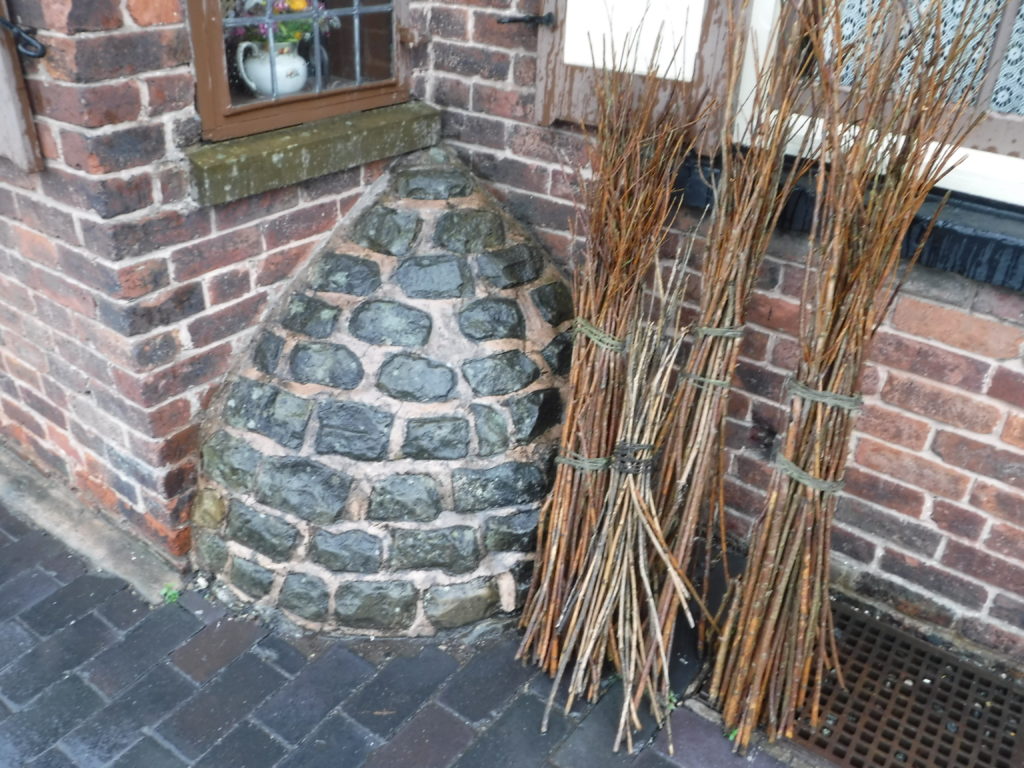
(The lady who rented that building in the early 20th century said, “I don’t know why you want our house in a museum, we were so poor.”)
… the pigs that we weren’t allowed to feed…
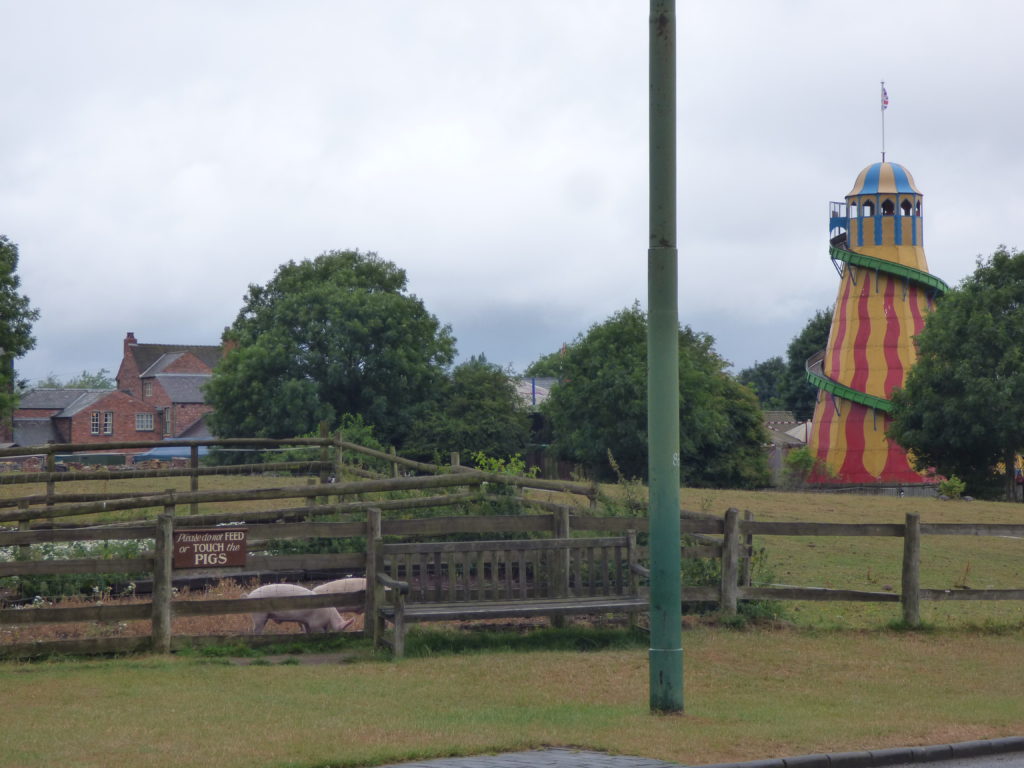
(In far more spacious conditions than they would have been kept in historically, or indeed these days in the typical pig farm.)
… the old Dudley bus…
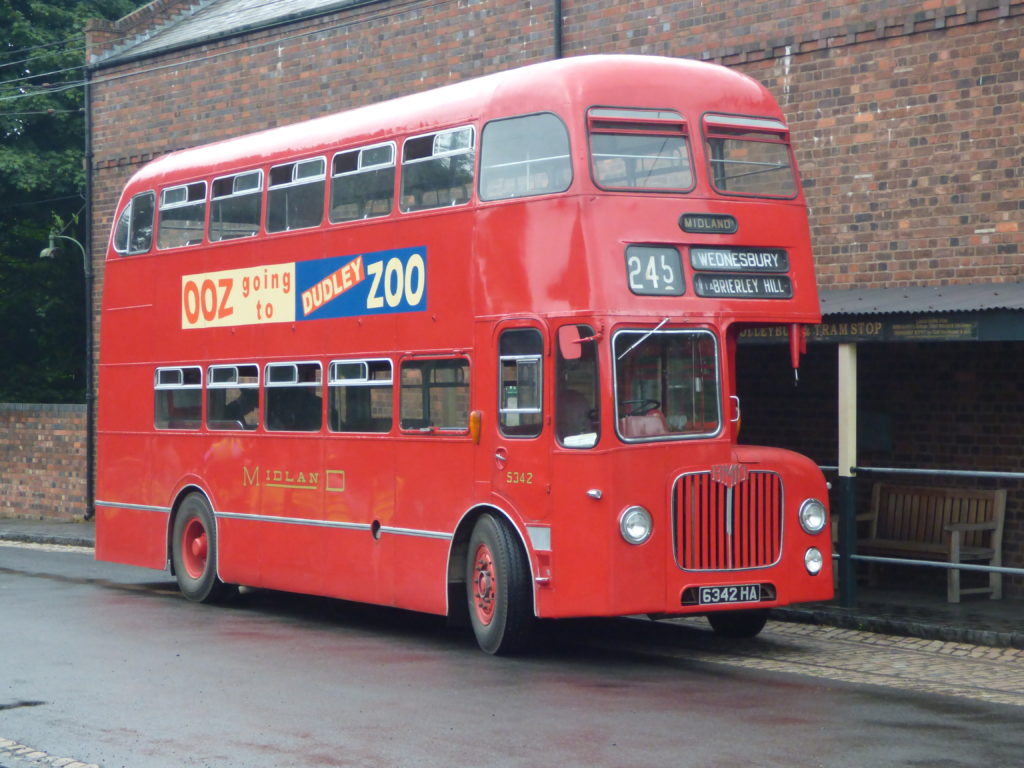
… a natural gas steam engine…
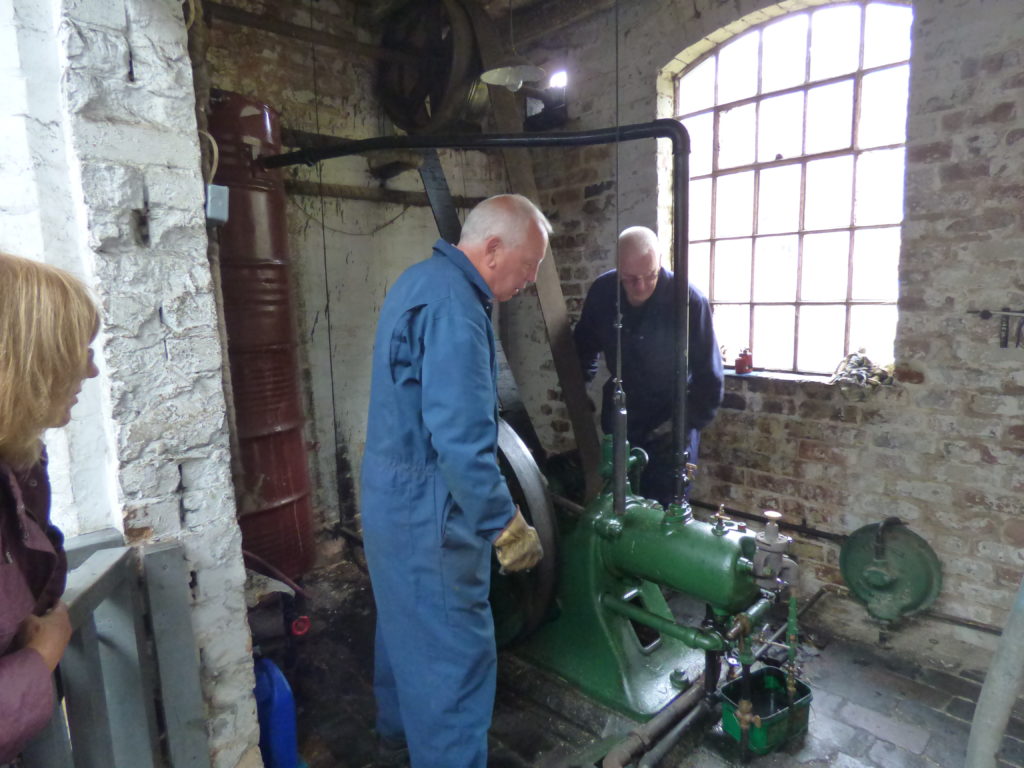
(It would originally have been town gas. It powered an entire factory making vicious metal traps.)
… the Winston Churchill.
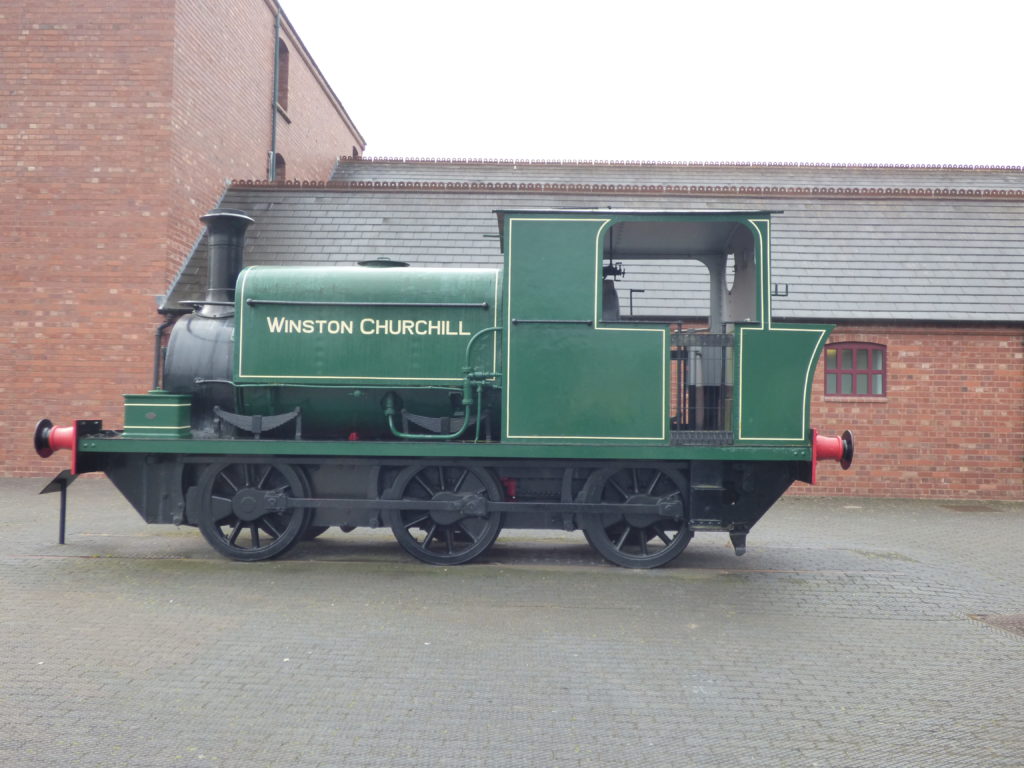
(Of course, to be really authentic it should burn cigars, not coal.)
The Dudley canal runs through the museum, so we took an electric boat trip into the notorious Dudley tunnel. It’s notorious in the canal world because there is not enough ventilation to use a diesel engine in there, so if you want to go through you either book a tow from an electric tug, or leg the boat through. It’s part tunnel and part limestone mine, so in places the tunnel opens up into large man made caverns. Time for a light show!
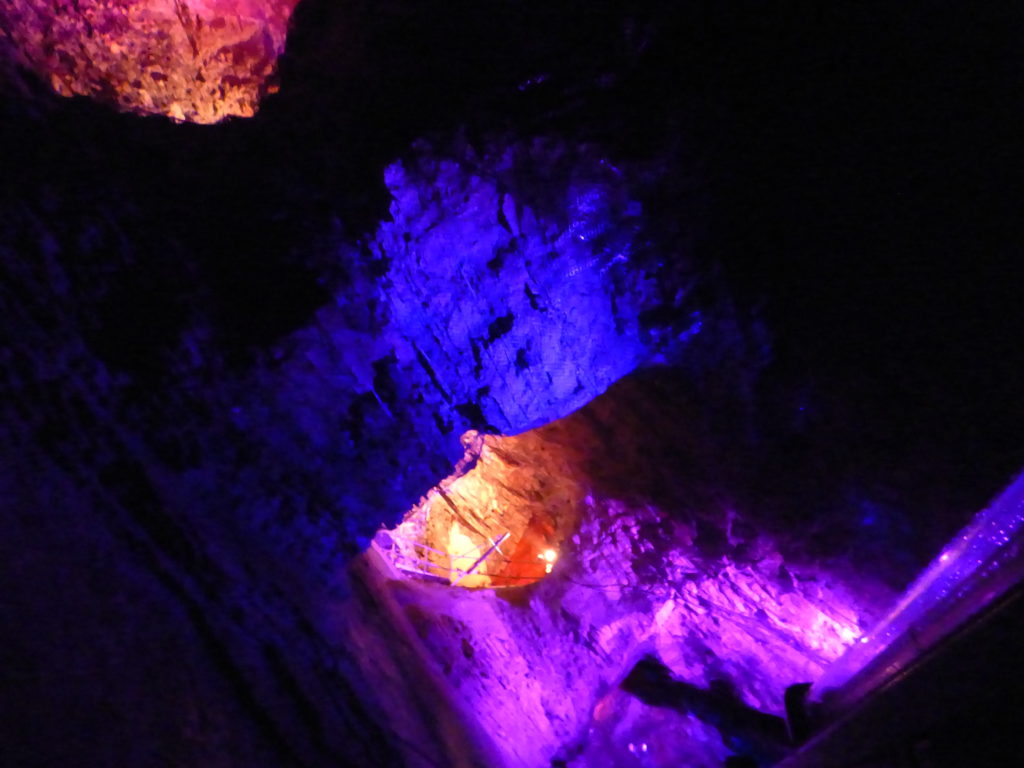
In places, probably where the roof of the mine fell in, the canal tunnels opens up into wooded craters with other tunnels leading off.
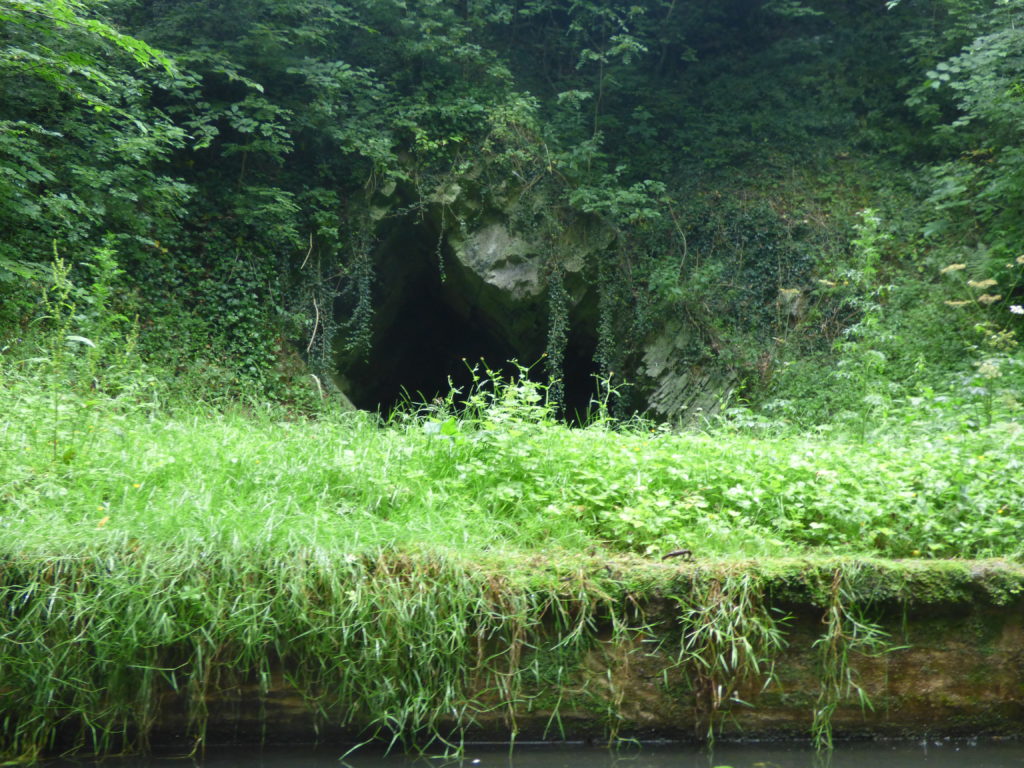
Back in the day canal boats would have taken thousands of tons of limestone a month on the short trip to the local steel works. On the way out our tour guide stopped the engine on the boat and offered us a chance to try legging the boat.
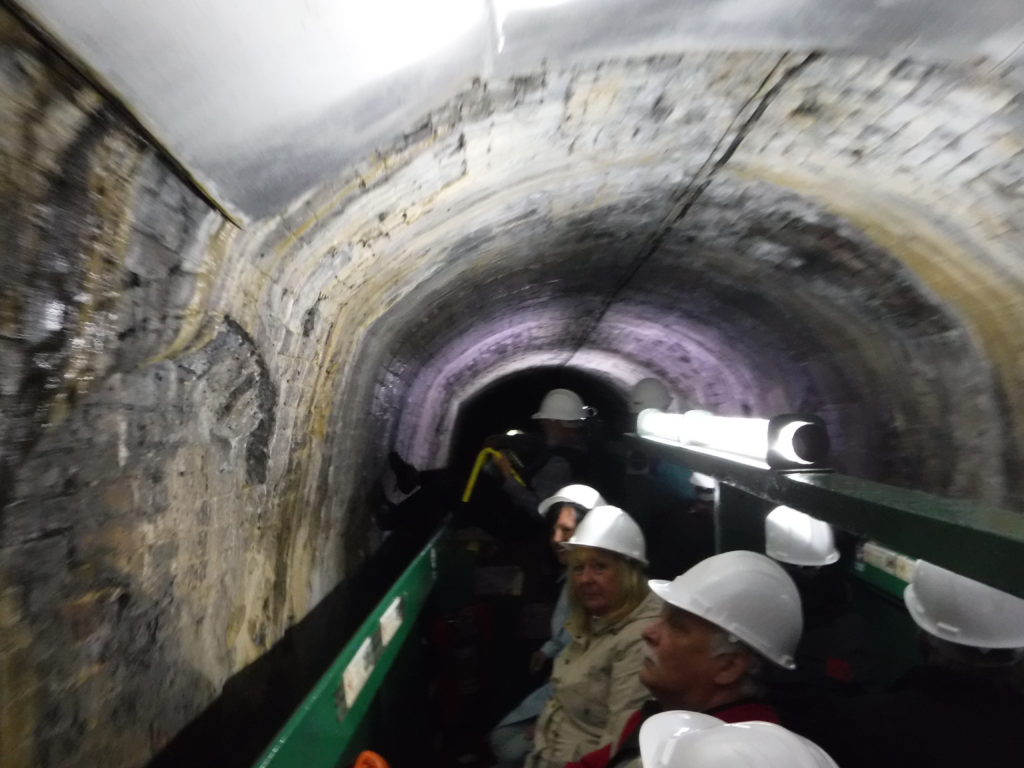
Those are my feet sticking out the side of the boat. It was not as hard as I expected. In fact, it seemed easer than pulling the boat along with a rope. Not that I would want to do it for the whole Dudley tunnel, though, as it’s two miles long.
One thought on “Black Country”
Love that you didn’t mention the four times we drained the upper lock of a staircase to let Alex attempt to hit our propeller into submission.